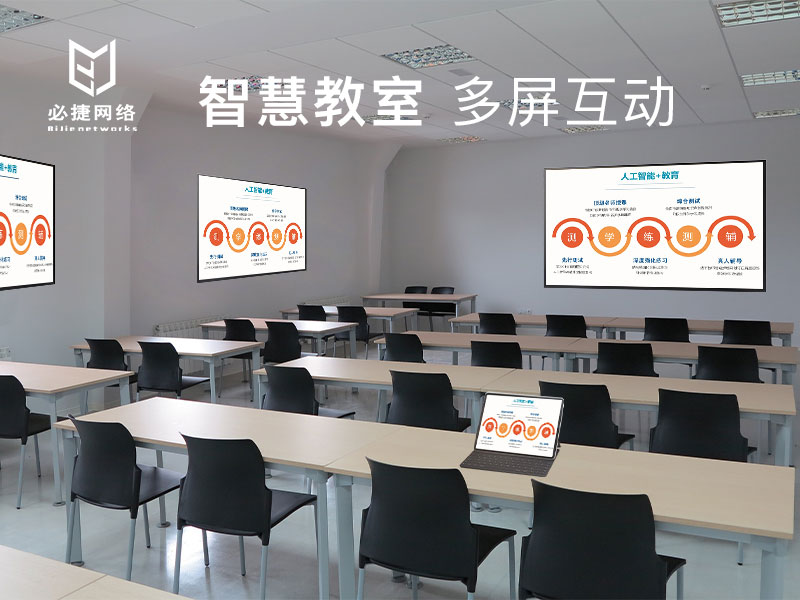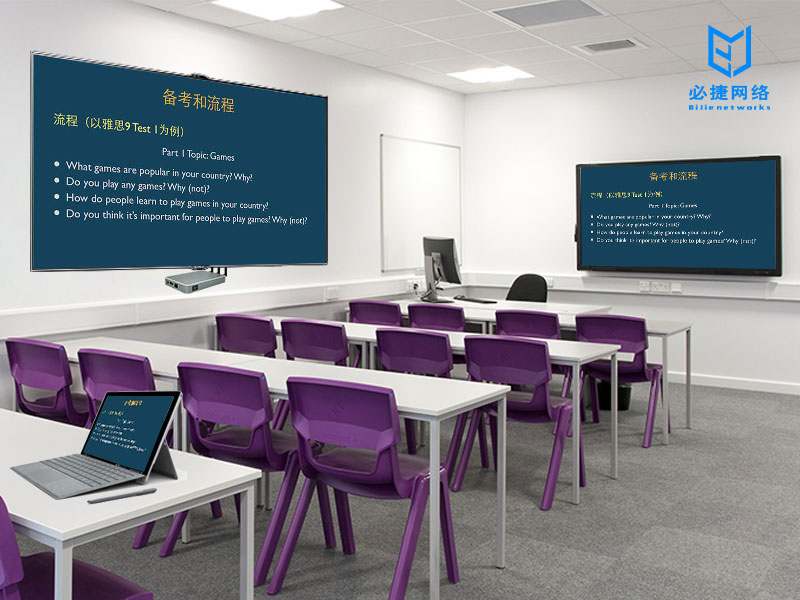Multicast projection, one to many multicast wireless projection solution,
currently has more and more wireless users, but the wireless / wired bandwidth resources are quite limited. In order to effectively solve the problems of single point transmission and multi-point reception, multicast technology is applied to the network on a large scale, which saves bandwidth and effectively avoids the possibility of channel congestion. In short, multicast projection is to synchronously display one signal source on multiple display screens, which is often referred to as 1-to-many projection.

background requirements:
multicast is also called multi-target broadcasting and multicast. A transmission mode used in a network that allows the transmitted message to be transmitted to a selected subset of all possible destinations, that is, to a variety of clearly indicated addresses. Is a method of communicating between one sender and multiple receivers. For example: take a computer as the host and control multiple display screens at the same time,.
application scenario
multicast applications can be roughly divided into three categories (1 to many, many to one, many to many). However, in the multicast screen sharing scheme, the most widely used is the one to many wireless screen projection method. For example:

media broadcast
such as conference speech, demonstration, video teaching and other scheduled events. Its traditional means of media distribution are usually television and radio. This kind of application usually needs one or more constant rate data streams. When multiple data streams (such as voice and video) are used, they often need to be synchronized and have different priorities. They often require higher bandwidth and less delay jitter, but the requirement for absolute delay is not very high.
event notifies
such as network time, multicast session schedule, random number, key, configuration update, network alert of valid range or other useful information. They have different requirements for bandwidth, but they are generally low and have general requirements for delay.
status monitoring:
such as equipment status, sensing equipment, safety system, production information or other real-time information. Such bandwidth requirements vary according to the sampling period and accuracy. There may be constant rate bandwidth or burst bandwidth requirements. Generally, the requirements for bandwidth and delay are general.

multicast screen sharing advantages: increase the utilization of wireless networks. Disadvantages of
and
: too much multicast traffic will consume wireless network resources, and the stability of multicast traffic cannot be guaranteed.
and
Bijie’s multi screen cooperative screen projection equipment have improved the wireless screen projection scheme after launching the multicast screen projection function, which is deeply favored by enterprise conference rooms and school wisdom education.